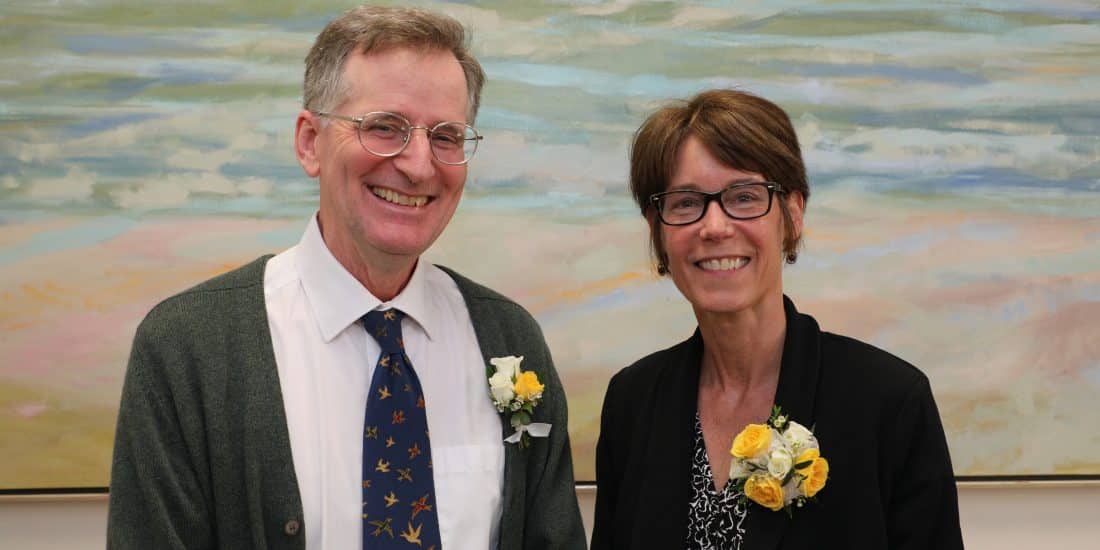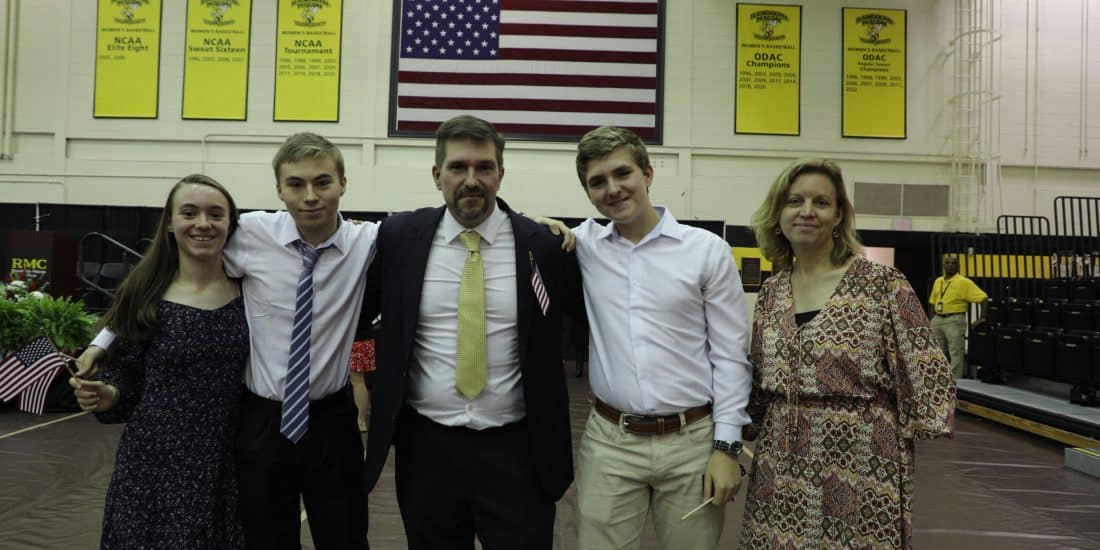Galaxy Collisions Create New Stars, According to Paper by RMC Astrophysicist Using NASA’s Hubble Telescope

“Contrary to what you might think, galaxy collisions do not destroy stars. In fact, the rough-and-tumble dynamics trigger new generations of stars, and presumably accompanying planets.”
So says a press release shared this week by the Space Telescope Science Institute (STScI), touting the sharp images of the Hubble Telescope, for which they manage science operations. The NASA collaborators are sharing the work of Professor Michael Rodruck, who was lead author on a recent paper that examined “string of pearl” features—or trails of clumpy newborn stars—that are believed to be created by galaxies interacting.
In a paper titled “Star Clusters in Tidal Debris,” Professor Rodruck detailed his work with collaborators from across the U.S. to study star clusters in tidal tails across several merging galaxies using imaging from the Hubble Space Telescope. Rodruck and his team of astronomers used new observations from the images and archival data to discover that the stars they observed are very young (in astronomy terms) at just 10 million years old.

“It’s a surprise to see lots of the young objects in the tails. It tells us a lot about cluster formation efficiency,” Rodruck was quoted as saying. “With tidal tails, you will build up new generations of stars that otherwise might not have existed.”
It’s believed that galaxies collided with each other more frequently in the early universe, and therefore these observations are a proxy for the past. The STScI’s announcement notes that it’s uncertain what happens with the star clusters after they are formed.
“Many of these clusters will likely be pulled apart by the gravity of the galaxy they live in, and their stars will be spread across space. However, some may survive and become the star clusters we see today, around galaxies like our own,” explained Rodruck.
The Hubble Space Telescope was deployed in low earth orbit in 1990 on the Space Shuttle Discovery. Its images explore deep into the universe and have thus been evidence of previously unimaginably discoveries. Often wondrous and beautiful to everyday observers, astronomers like Rodruck consider them essential for understanding how our universe works.
Photo courtesy NASA, ESA, STScI, Jayanne English (University of Manitoba)




